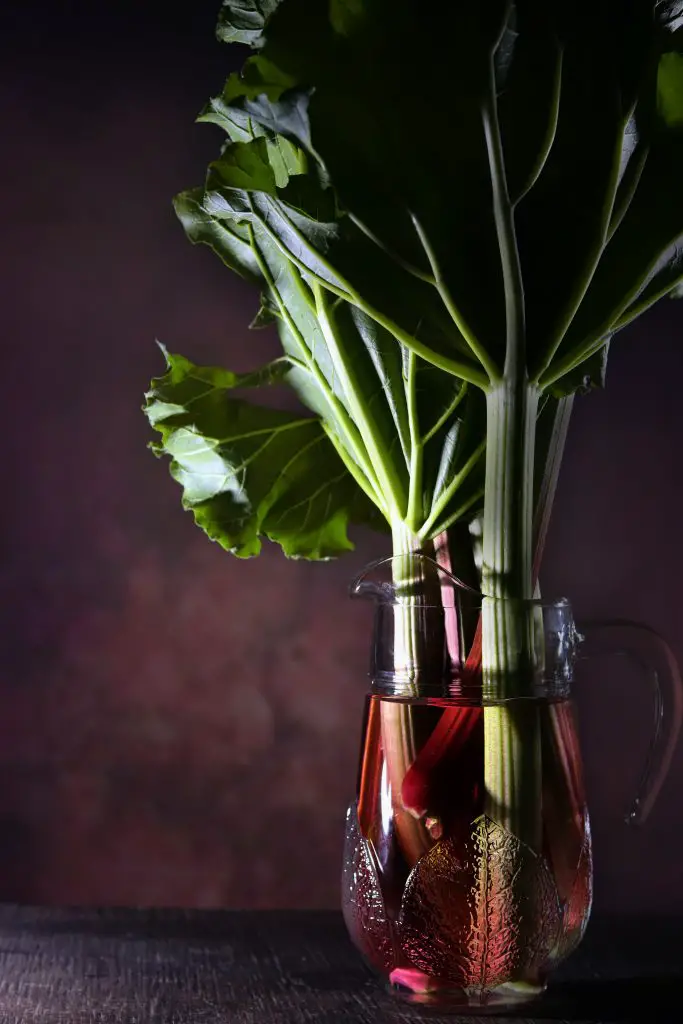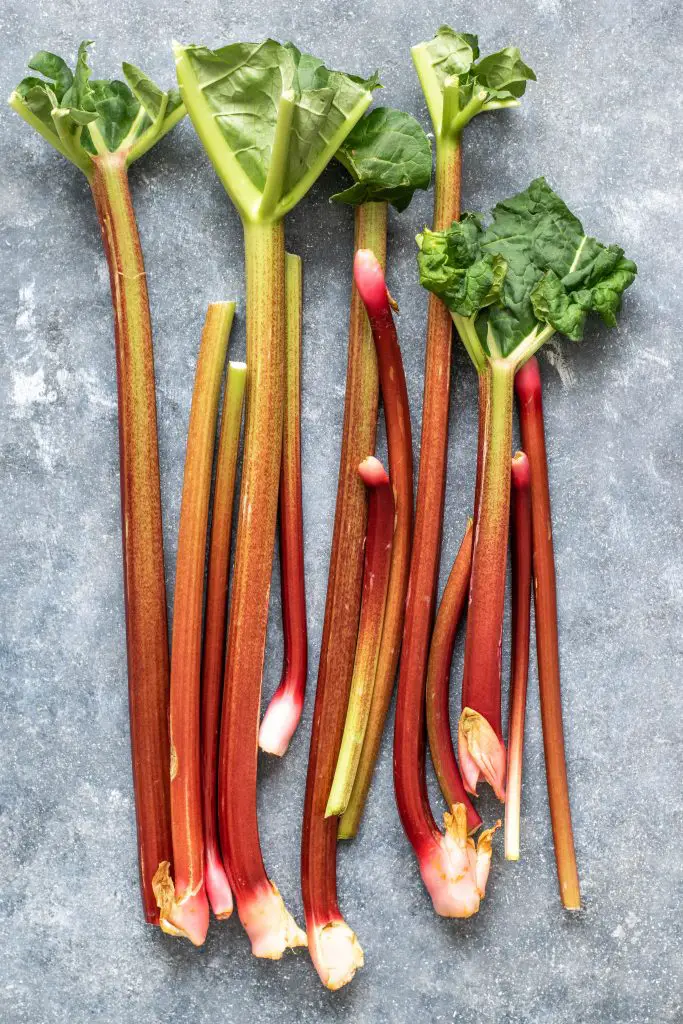Can Rhubarb Grow In Shade? Rhubarb is a popular plant that is grown in gardens around the world because of its ornamental and edible characteristics. It produces large green leaves with bright red stalks that provide a splash of color in the garden. In the edible garden, the plant is grown for its stalks which are often one of the earliest harvests in the gardening calendar. But to get the most out of the plant does it need to be grown in full sun?
Rhubarb is a plant that will tolerate relatively shade positions as the productive and ornamental benefits of the plant do not rely upon the production of flowers. However, the thickness of the stalks produced by the plant in a shady locations is a little thinner and the plant is generally not as vigorous. But in most cases, the plant is sufficiently large to produce a reasonable harvest.
The extend of shade that the plant can tolerate is, however, limited, and the plant must get at least some light, as the process of forcing rhubarb shows. The forcing of rhubarb is when the plant has all light excluded from the plant which has been traditionally done using a pot specifically designed for this purpose. The forcing pot has an open base that sits over the plant along with a lid at the top that can be easily removed to inspect the plants’ progress.
This process of forcing is done because it causes the plant to produce tender pale pink shoots at an earlier stage of the year than growing rhubarb normally. The phenomenon was discovered by accident in 1817 when a couple of rhubarb plants were covered over with soil during some routine drainage works.
The process of forcing is generally limited to rhubarb plants that are at least 2 to 3 years old that have a sufficiently large crown that have enough energy stored in them to allow the plant to grow without light for a short period of time. However, depriving the plant of light does weaken the crowns over time as the plant is unable to photosynthesize so the plant does need some light to complete its basic biological processes.

How To Grow Rhubarb
Rhubarb plants are generally easy to grow and will require very little maintenance throughout the growing season. Most home gardeners tend to purchase young crowns are either bare-rooted crowns in winter and early spring or as potted plants though out the remainder of the year. However, plants can also be grown from seed which is commercially available.
If you are producing plants from seed it will typically take around 4 to 5 months or so to produce a plant that is ready to be planted out into the garden. The first step to do this is to fill a seed tray with seed raising mix which is generally better for seed germination than either garden soil or potting mix because it is light, fluffy, and has excellent moisture retention properties.
The seed should be shown at a depth of approximately 0.5 inches (1 cm). Once the seed is sown it is important to ensure that the soil is kept moist throughout the germination period. Typically, rhubarb seedlings will take approximately 7 to 14 days to start to emerge from the soil.
Once the seedlings emerge it will take a further 4 to 6 weeks to reach the point where it will be necessary to transfer the plant to another pot. Generally, it is recommended that the pot is 4 to 6 inches in diameter as this will provide enough space for the plant to grow sufficiently large for the rhubarb to be planted in the garden.
To reach this stage it will typically the plant a further 2 months or so, at that point the rhubarb will have reached a height of around 6 inches tall. When planting the rhubarb out into the garden it is important to ensure that the plant will not be exposed to frost in the first 2 to 3 weeks it is outside as it will have detrimental effects on the plant.

When selecting a location in the garden it is ideal if it is a sunny area, however as mentioned earlier in the article this is not absolutely essential. In terms of soil conditions, it is preferable that the soil is rich, moist but well-drained, as rhubarb crowns are susceptible to rot in very wet conditions.
In terms of ongoing maintenance, rhubarb requires very little other than ensuring that the plant has sufficient moisture and occasionally feeding the plant with palletized manure, which typically only needs to be done once a year.
However, after several years you may find that the plant begins to lose vigor. This is a sign that the plant probably will benefit from being divided. This is a straight-forward process that usually only takes a few minutes.
To divide the rhubarb start by lifting the entire plant from the soil and select sections of the plant that have three or four sprouting stalks at least. Using a sharp shade slice through the crown to separate the selected segment.
The newly created segments of the crown should be replanted at a depth that ensures that the top of the crown is level with the surface of the soil and slightly exposed to the light.
How To Harvest Rhuburb
Harvesting Rhubarb is a straightforward process that only takes a few minutes. The rhubarb will produce stalks from mid to late spring onward. At this stage it is a good idea to wait until the plant has developed a relatively thick stem, that is ideally 0.5 inches thick and red in color.
At this point, the stems can be snapped off from the plant by hand. The stalks will come away from the plant easily and cleanly. The leaves should then be removed as they are poisonous. Rhubarb stems will last in the fridge for a week or two but are generally best eaten immediately after harvest.
